My Spanish Exchange
When we got back to Madrid it was as if Spring had all of a sudden exploded around us. The sky was bluer, the days noticeably longer, and every where there were flowers blooming and green leaves sprouting off trees.
It is especially noticeable where I live, because of a) how the suburb is laid out and b)because we are so near to open fields, where wild flowers grow. A few posts ago I described the trees and how bare they were with winter’s ire, but now, as I looked out over Montecarmelo and Mirasierra, all I could see were the green apexes, sticking out between the apartment blocks, where weeks before there had only been a greyish sort of fuzz – empty branches. As I walked to the bank two blocks away, I had a view of the fields on the other side of the highway, the green of them going together with the rich blue of the sky, the colours so vibrant the first word that came to me was violent. Spring here is violent in it’s beauty.
And what better way to enjoy Spring as I’ve never seen it before, than to do the Camino. This part of my exchange almost didn’t happen because of my being horridly stubborn – as per usual.
So how me living in Spain works is I have to ask my mother for any extra money besides that which she pays into my account
14. El Camino
May 03, 2016
|
Galicia
When we got back to Madrid it was as if Spring had all of a sudden exploded around us. The sky was bluer, the days noticeably longer, and every where there were flowers blooming and green leaves sprouting off trees.
It is especially noticeable where I live, because of a) how the suburb is laid out and b)because we are so near to open fields, where wild flowers grow. A few posts ago I described the trees and how bare they were with winter’s ire, but now, as I looked out over Montecarmelo and Mirasierra, all I could see were the green apexes, sticking out between the apartment blocks, where weeks before there had only been a greyish sort of fuzz – empty branches. As I walked to the bank two blocks away, I had a view of the fields on the other side of the highway, the green of them going together with the rich blue of the sky, the colours so vibrant the first word that came to me was violent. Spring here is violent in it’s beauty.
And what better way to enjoy Spring as I’ve never seen it before, than to do the Camino. This part of my exchange almost didn’t happen because of my being horridly stubborn – as per usual.
So how me living in Spain works is I have to ask my mother for any extra money besides that which she pays into my account
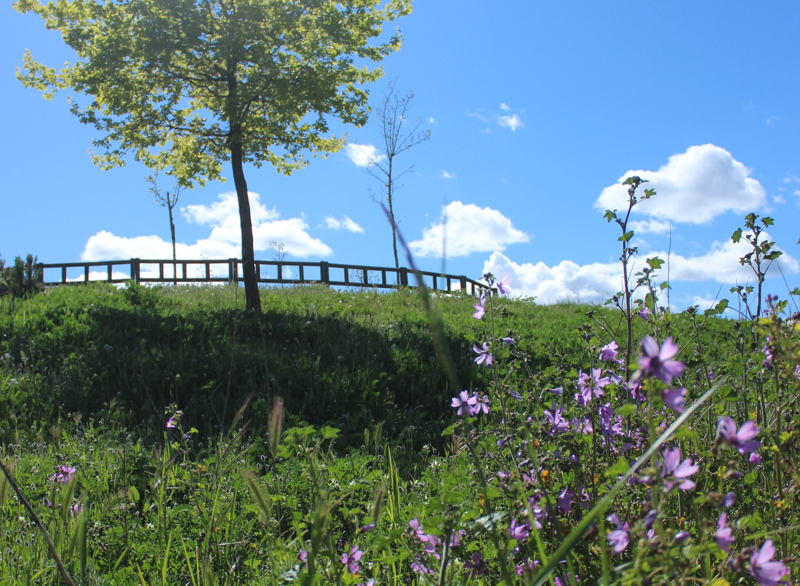


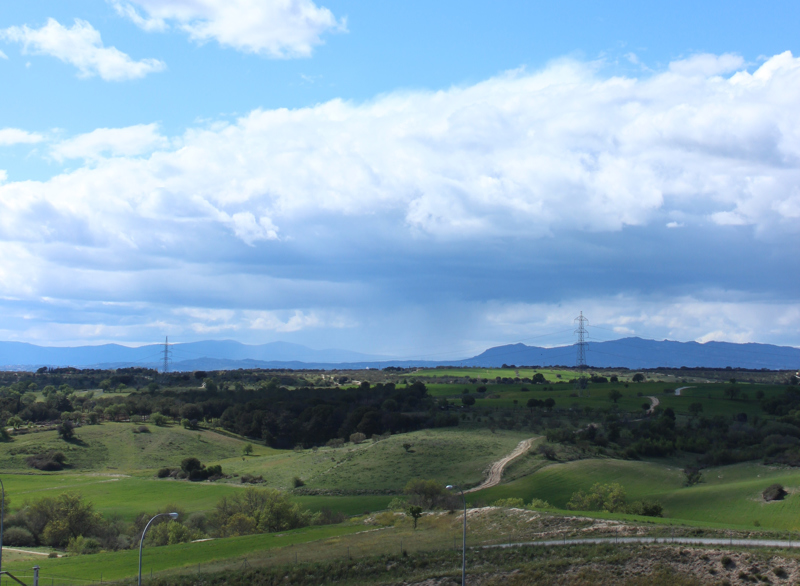
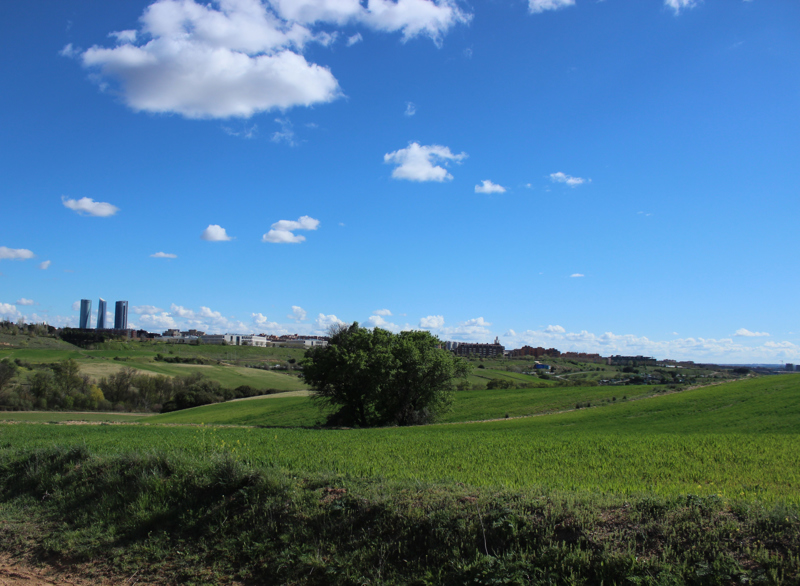

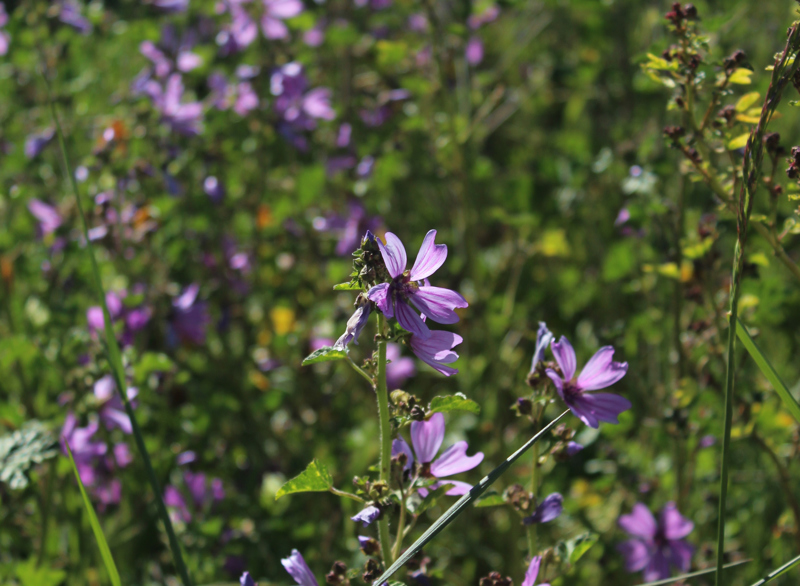

every month to cover general things – phone and bank costs, my Abono, etc. The pocket money I get from Rotary is then my spending money. Anyway, we got the invite to go on the Camino and I felt too bad to ask my mother for more money (it’s this stupid complex I have) so I just told her that I had been on enough trips and that I’d sit this one out. She was genuinely surprised and told me that money wasn’t a problem and that she really wanted me to go. Even my grandmother and aunt chipped in and insisted that I go. I tried being stubborn for a few days, but literally everyone in my life hounded me, telling me “you have to go!”
So I swallowed my pride and asked my mom to pay the money into my account.
And boy am I glad I did. The Camino has been one of my favourite trips thusfar! And here is how it all went down.
The preparation beforehand goes without saying… although I might have skipped a bit on that. Hey, I was sick… *coughs unconvincingly*. Aaanyway, we departed the Thursday by bus from Madrid and drove straight to Galicia, through (once again) some of the most beautiful landscapes I have ever seen. Planted croplands gave way to pastures which in turn gave way to green rolling hills which became mountains. But these mountains weren’t just cliffs and high peaks. Their slopes were gentle enough that the green grass was still growing uninterruptedly. And so, once again, you have this beautiful picture of the greenest green of the landscape and the bluest blue of the sky (and maybe a cloud or two) creating this magnificent picture, which I thought could only ever be created in MS Paint.
I have to mention that we were very lucky, as this wasn’t your normal Camino with a rucksack half as big as you and twice as heavy that you have to carry with you the whole day, the whole way. No, I would describe this Camino as a Beginner’s Camino. Maybe even a VIP Camino (Btw, camino means path, road or journey, in Spanish. Caminar means to walk or a walk). See, the bus we were travelling in would stay with us the whole journey, meaning that we would leave our bags and everything in it each morning and get it back when we stopped for the day. That meant we only had to carry what we needed for that day with us – water, sunscreen, money and food. This suited me extremely well.
Friday was the busride day, with us stopping in towns along the way, to see the sights – old building, cathedrals and monasteries - and be introduced to Galicia as a whole – green, mountainous and absolutely breathtaking.
The first place we stopped at was a little town called O Cebreiro, in one of the mountain passes we were driving through. It had 360?vistas of the surrounding country side and a small church, dating back to the Pre Romanesque period, when the Asturians and Visigoths ruled in that part of Spain, more or less in the 700-900’s. After buying some souvenirs we hiked to the top of a nearby hill and took as many photos as possible.

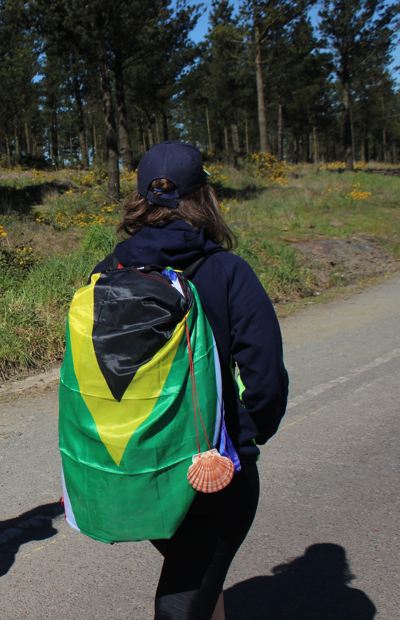
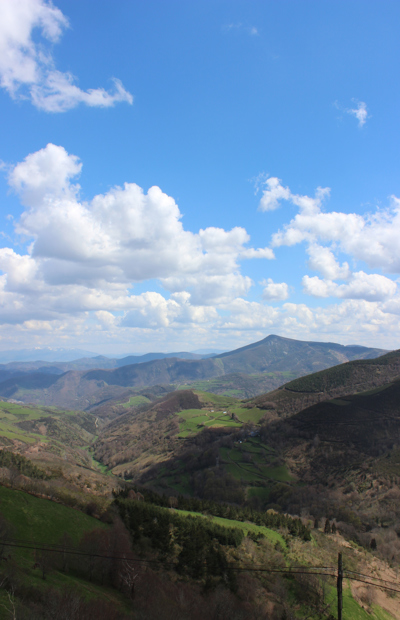
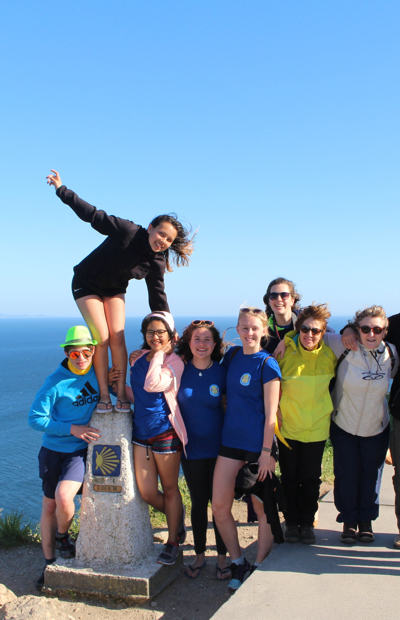


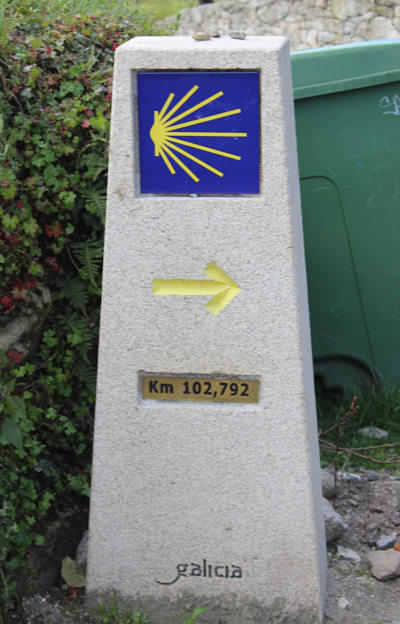

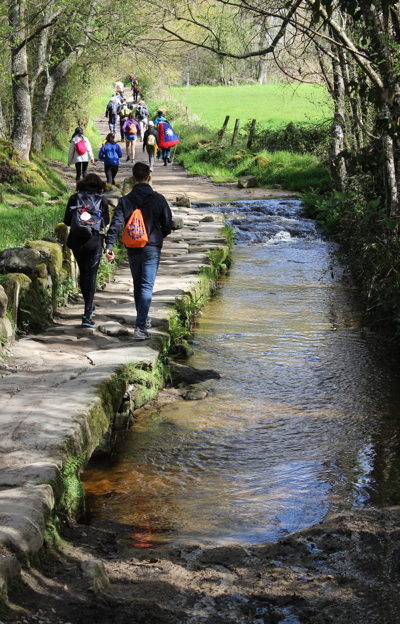
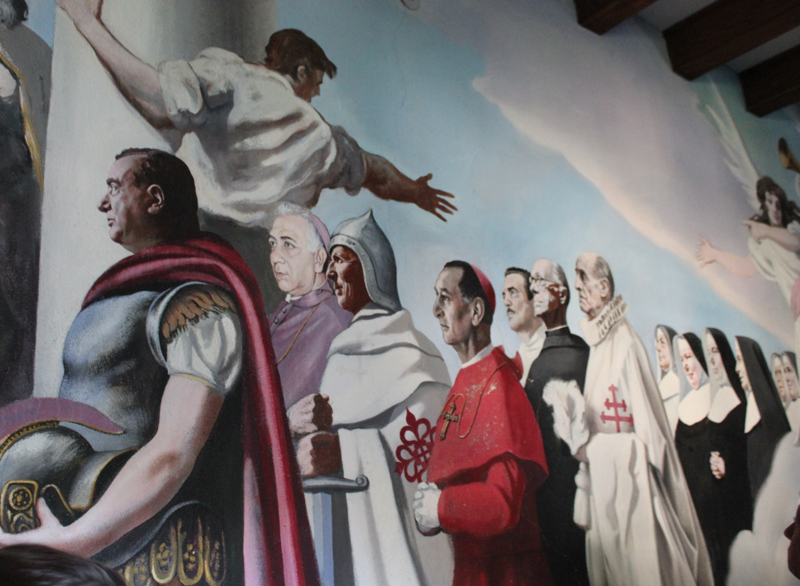
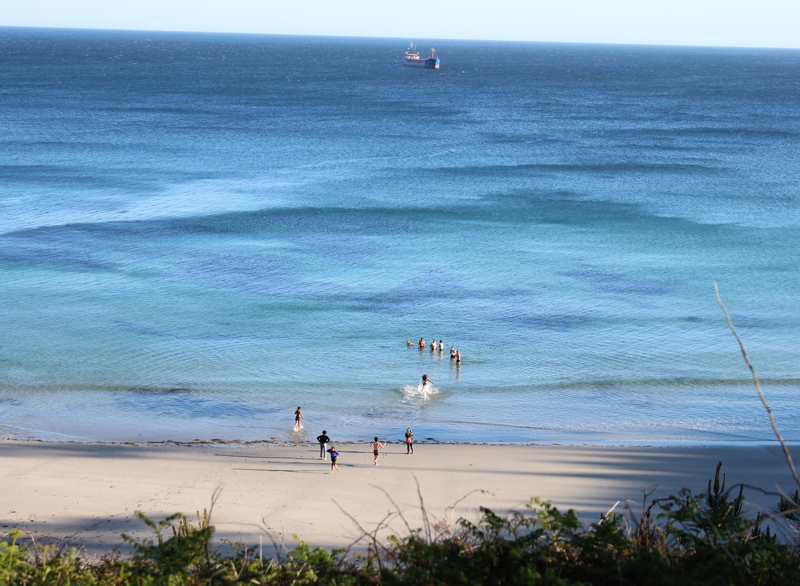
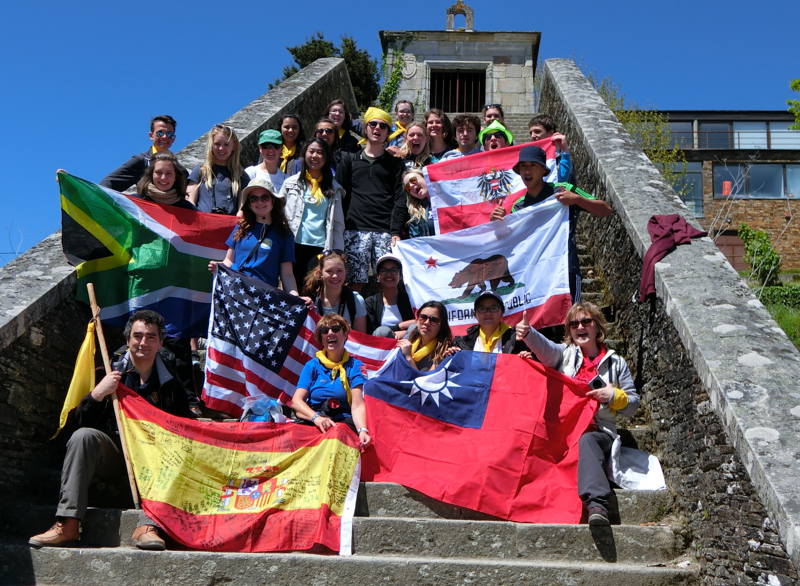

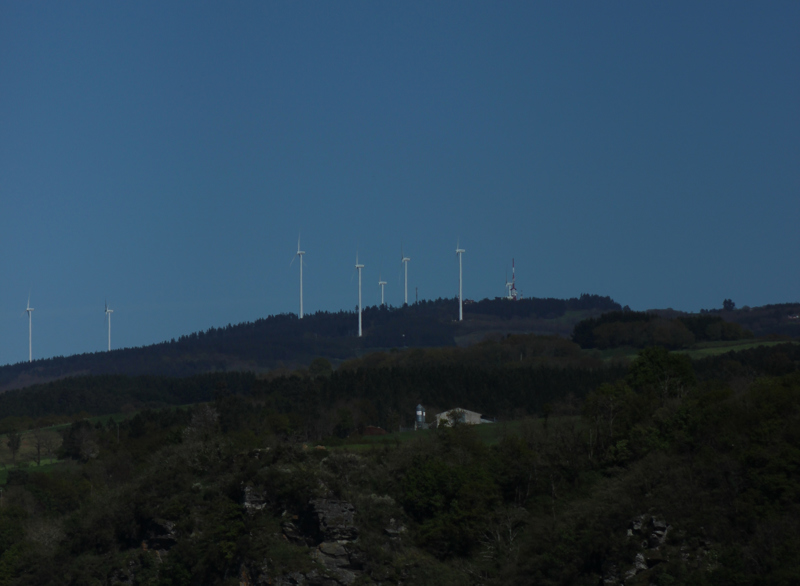
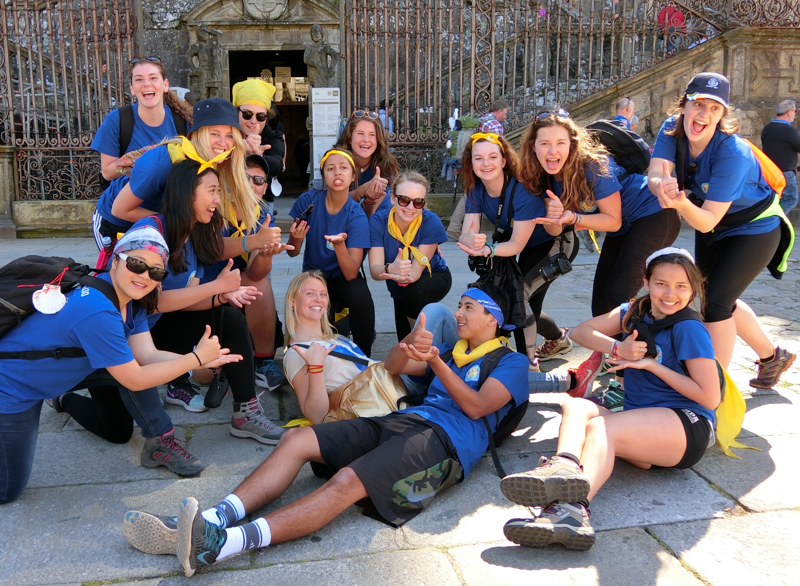

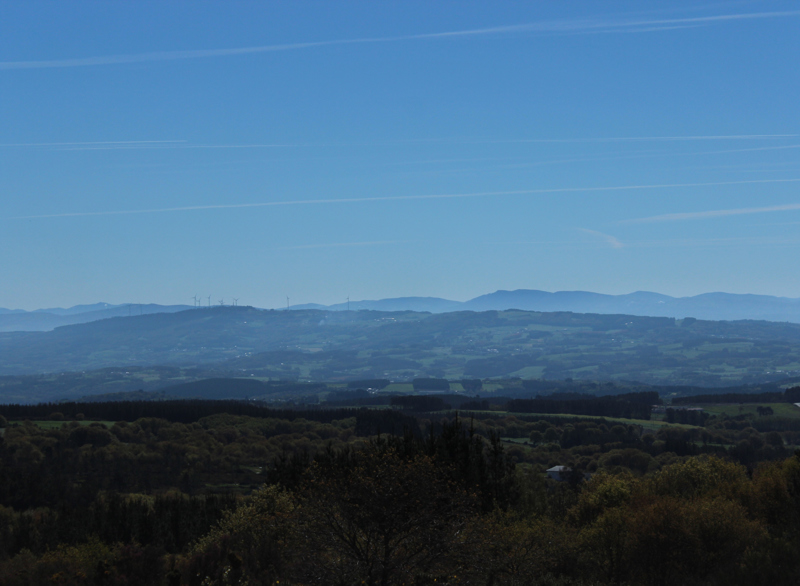
After that it was one to Samos where we had a tour of the Monastery there, given to us by the monks who live there. I’ve mentioned this before in the Burgos post, but it is really very weird for me to see monks in their robes, but wearing glasses, cross trainers and K-Way jackets. Nonetheless, the monastery was beautiful, with the second level mezzanine surrounding the courtyard gardens having been painted with various scenes from heaven and also people important to the monastery and the Catholic Church.
From there it was on to Sarria, where we would sleep for the night. As we entered the town and drove to our hostel, the bus came to an abrupt stop and we were told to get out. Apparently, the bus couldn’t take us to the front step of our hostel, because the bridge that spanned the river (more like fast running stream) had caved in. Thus we had to cross the pedestrian bridge. That night we crossed the river again to eat in an authentic Galician restaurant – complete with pan gallego (bread unique to Galicia, very dark, a little bitter, but very healthy) and tarta de Santiago (a tart/pie also unique to Galicia). And as always, too much food.
The next day was the start! We set out from Sarria, planning to do around 25 km that day, until Portomarin. We set out around 9 and were soon under way. The path led us out of the town and into the surrounding fields. If you stopped talking you could hear the birds in the trees and sometimes an insect or two, buzzing around. The “wilderness” in Spain isn’t the same as in South Africa – it’s much calmer. I remember, going for walks and hikes in National Parks in SA, being able to hear all the different types of sounds, especially in summer – birds, insects, a stream nearby. But now, it seems so deafeningly loud in comparison to Spain, where everything was almost pastoral in it’s tranquillity. And did I mention the green? Lush, abundant, dense greenery. Hills covered in grass, grazing fields for the sheep and cattle, copses of trees, thickets and forests, sprinkled through the country side, open fields, left to rest for the season. Furthermore with every new hill you summit, there would be another hill in the distance, sporting six or seven wind turbines. And the sky, a powder blue dotted with wispy clouds. And always, the steady beat of your footsteps, the crunch of the ground beneath them as you walk up hills, hop over a small stream or cross the occasional highway.
The first day was, for me, the prettiest. Every so often, you would pass an old Asturian church where you would get a stamp in your little Camino passport – certifying that you did indeed walk (if only a small part of) The Camino. We didn’t walk along any big roads, usually just dirt paths, taking you from one farm to another. I got to know some of the other kids who were with us from other parts of Spain, having deeply intellectual conversations about world politics, having the opportunity to tell people about South Africa, and in turn, learning about other cultures and histories.
Our stop for the day was in Portomarin. A beautiful town, built on a river with a bridge (luckily 100% intact) we had to cross first. Then we had to go through the portal into the town, but not before taking a Rotary photos with all our flags on the steps first.
We had lunch in a restaurant across from our hostel and then had the rest of the afternoon free. Our hostel in Sarria had had rooms for boys and girls separately (or it just happened to work out that way), but our hostel in Portomarin was one big hall, filled with bunk beds. Luckily the bathrooms were separate.
That afternoon some kids went swimming in the river, but I stuck to taking photos, as I was a bit phlegmy and didn’t want to look for a reason to become more so. We ate dinner and breakfast the next morning at the same restaurant as before and set out the next morning again at around 9. The day starter out with a hike which had all of us (maybe just me) puffing quite soon, but the view at the end was worth it. Again, rolling green hills and an immaculately blue sky as far as the eye could see.
I should also mention that I met three South Africans in the two days we walked. On the first day it was a couple for Cape Town. We were walking through a town and there was a café with people sitting outside, soaking up the sun when I heard “South Africa!” I turned around to look and a man and woman beckoned to me. They had seen the flag on my cap. We chatted for a while (as I’ve said, they were also from the Mother City and we soon started speaking Afrikaans when I heard it in their accents. They had started in France, just before the Pyrenees and were walking for almost a month already. I felt so ashamed, feeling bad about my two days.) and afterwards, I bid them good bye and a “Buen Camino!”. On the second day, we caught up with a group who had been in front of us, who were sprawled out on the grass in front of yet another roadside café. They told me they had met a South African and pointed her out to me. She was a kindly lady from Durban, this time. She had also started on the other side of the Pyrenees and on her way had made friends with a woman from South Korea and they were travelling together now.
On our second day we entered Palas de Rey, but found no group waiting for us, so we had to look for the hostel on our own. Luckily it was on the main way down into the town, with an exchange student just coming out of the front door as we walked past.
That night at 7, with it still being quite light, some of us attended a mass in the little church. It had the Asturian façade, but the inside of the church had been rebuilt in a more modern style. At the end, the priest bestowed a blessing on us in Spanish, French and English and asked if there were any Portuguese people present. When there appeared to be none he ended the service. Lunch, dinner and breakfast was much the same as before. I only have one negative thing to say in regards to the food. It was always bread, pasta and potatoes, with some meat (usually chicken) and maybe a vegetable or two for variety. But, I understand why – you need to feed an army of people coming through there every day. You need to do it in the cheapest way possible with food that will fill them and give them strength for the next day. But still, it got a leetle monotonous.
The next day we set out at around 9 – once more - but this time in our bus. We were to drive a ways and then walk the last six kilometres into Santiago de Compostela. But, when we got to that mark, we realized we wouldn’t have enough time to make it in time for the mass that was to be held in the great cathedral. Some of us wanted to walk, but the decision was final, we would be driving in the city. Which, I must admit was a bit of an anti-climax.
Alas. We first stopped at our hostel which was situated on a hill overlooking the city before making our way into the city. For some bizarre reason I decided to leave my flag in the bus, something I would come to reject later. We walked down the hill to the Cathedral and stopped to take photos in front of it. Everyone got their flags out and I felt like a complete dolt for forgetting mine. This was the end of our journey – has been the end for countless pilgrims for centuries before us. Of course I would need my flag. And my mental facepalm just grew when a TV crew (a reporter and his camera man) neared us and started interviewing a few of us and recording footage of our group with all our flags. We were to be featured on national news later that day (the crew was from RTVE, for those who’d like to know) and now South Africa wouldn’t feature because of me. Way to go hey.
Anyway, as I was still trying to get over myself, we entered the cathedral to attend the mass. It was like any other catholic mass (listen, stand and sing, sit and listen, stand, sit, stand, sit etc) but what makes this one different was at the end they lowered what looked like a big (1m-1,5m tall) candelabra-jar-pot down from the ceiling. Many priests were on the one side of the floor, lowering the contraption using a thick rope. Burning incense was brought in and put inside the pot. Then it was hoisted again and by some kind of pulley system (which the priests operated) the incense began to swing down the transept (breadth of the church) – incredibly fast and almost violently. And as it went, incense was released throughout the whole church.
The history behind this is that in the olden days, pilgrimage wasn’t as glamorous as it is now. A pilgrimage is a journey of the heart and soul, a journey made to some sacred place as an act of religious devotion. So, the objective wasn’t to care for the physical, in this case hygiene. And plain and simple, some pilgrims couldn’t afford a change of clothes or a regular hot bath. So, when they came to Santiago and everyone was gathered together in the cathedral, all dusty and sweaty, they had to do something to alleviate what could only have been an awful smell – thus, the swinging incense. Quite interesting.
We had lunch in the old part of the city in a modern restaurant before getting in the bus again, heading, as always west. But this time it was (for me) to the most symbolic place yet.
Finisterre (Fisterre in Galician) was known as the end of the world in Roman times. It was once thought to be the most western point in Europe, but that point is in Portugal, a mere 16,5 kilometres further west (and many more kilometres to the south). The westernmost point in Spain is about 20km to the northwest, Cabo Touriñán, but Cape Finisterre is where the Camino “officially” ends, with the 0.00 km sign just a short ways away from the lighthouse on the tip of the cliff. The whole scene reminded me a bit of Cape Point, with the rock making a sharp point out into the sea. It was also the first time I saw the Atlantic Ocean again in about four months since leaving home.
We took more photos (this time with my flag) and then the bus driver (who knows the area) took us to a small inlet just off the main road and we could go down to the beach. We piled out of the bus and basically ran down the hill, zigzagging until we got the the beach below. Seeing as most of us were still dressed in walking clothes (lycra/spandex shorts, sport bras and old t-shirts) most of stripped down and ran into the clear, shallow and extremely cold water of the small beach. I at first didn’t want to join (I was still a bit sick remember *cough cough*) but after a while I decided, you know what. This is the Atlantic ocean, (for all purposes that suited me) this is the end of the world, I just finished the Camino (albeit after only two days), I’ve made such good friends with these people here, I will bloody well swim. And did I regret it? Not one bit.
The water was excruciatingly cold but with all the warm spirits already waiting for me hip-deep, shouting encouragements as I neared, I didn’t stop to think. I ran.
Getting dry (read: getting feeling back into our bones) was another story altogether. But once again, in the bus, everyone still high on the rush, the cold seemed to disappear.
We got back to Santiago at around 23:00 and still hadn’t eaten dinner. Only problem, the hostel closed at 00:00. So, we had an hour to go down hill, into the city, find a place, order, wait, eat and go back. Could it be done? Well, yes. A group of us managed to find a place that had reasonably good food and finished at around 23:50. Then everyone started running, afraid they’d be late and be locked out. I decided against this and walked. Running over ancient cobbled streets in the middle of the night? No thank you. Besides, I’d only be about 5 minutes behind everyone else. Emmanuel (an exchange student from Alicante) also opted out of running and we were left behind. Somewhere long the line I realised that I didn’t recognize where we were anymore and asked someone passing by us directions. We followed these but pretty soon realised that we were in a part of town neither of us recognised. We phoned and phoned our friends but no one answered. After walking aimlessly for another while, I got out my phone and checked the emails we were sent before our trip and found the name of the hostel we were staying at and put it in Google Maps. And so we made our way back. Somehow we had managed to go up the wrong hill and ended up walking in a huge circle before coming back to the restaurant we had eaten at. It was then that I realised that there had been a small square with a church in it and we had simply taken the wrong exit out of the square, going left instead of right. Feeling extremely stupid, we finally got to the hostel, at around 01:15. The doors were wiiiide open. We were so relieved! But the relief was definitely short lived, because once when we stepped through the doors our friends were all on us, demanding to know where we had been. I in turn demanded to know why no one had answered their damn phones and they calmed down somewhat. I explained what had happened, but was met with much skepticism. In all truth, I wouldn’t have believed me either, but hey, it’s the truth. Luckily the adults were still out, so we managed to avoid that.
The next morning we were off after sleeping in somewhat and set out on the long road back. We stopped in Lugo for lunch (and me and three other friends managed to lose the group again but luckily this time it was resolved faster), and we decided to have kebabs, being as exchange student-y as possible. In the end, we all got home safely, albeit extremely tired.

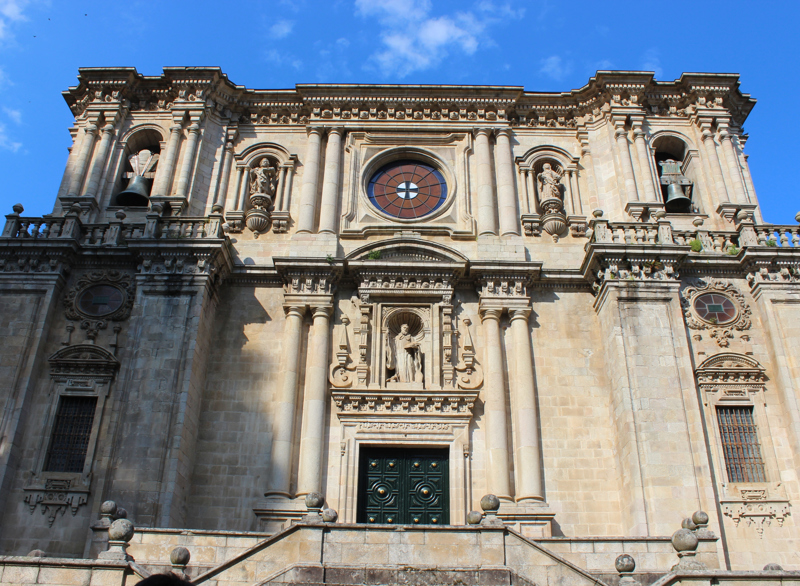


1.
1. Before I go
2.
2. Flying out
3.
3. First day of school
4.
4. The weekend in Guadarrama
5.
5. Madrid and the World in one weekend
6.
7. Some singing and a trip to Salamanca
7.
8. Almost missing the bus
8.
9. A typical day in the life of and some other observations
9.
10. Exploring Madrid some more
10.
11. Kom ons verkeer bietjie akademies.
11.
12. Take me to church... and Burgos
12.
13. Semana Santa
13.
14. El Camino
14.
15. Lasts
15.
16. Verano
16.
17. Last time around
17.
18. Las Navidades
Share your travel adventures like this!
Create your own travel blog in one step
Share with friends and family to follow your journey
Easy set up, no technical knowledge needed and unlimited storage!